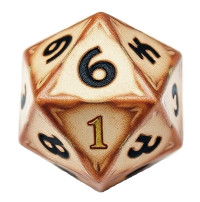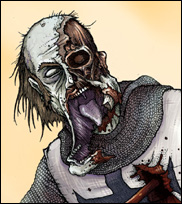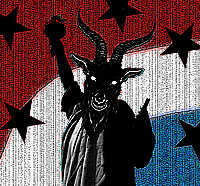1992, Crown, NY, 138 pages
In From the Heart of Crow Country, Joseph Medicine Crow gathers the thin threads of oral history into the most cohesive story of the Crow in their own words. He begins with his journey as an oral historian and recounts his lineage. One is struck by how long-lived many tribal elders were.
The Crow, or Sacred Ravens, or Sharp People as they were variously known, were originally an Eastern Woodlands tribe. Like the other Northern Great Plains tribes they were originally from the Great Lakes region and were driven west by enemy tribes who had acquired firearms from the white man.
The Crow became nomadic and eventually settled in the mountains of Southern Montana and Northern Wyoming. Their leaders sought peace with the white men from the earliest times, and therefore became enemies with most of the neighboring tribes, particularly the Sioux, great enemy of the whites. The book is primarily intertribal, not simply Crow, and not focused on the Indian/white question.
I am reading From the Heart of Crow Country as part of my research into the legend of Liver-eating Johnson. Unfortunately I was unable to find any Crow account to confirm or contradict the assertion of white folklorists that Johnson had a famously elaborate feud with the Crow.
However, except for one scalping incident related by Johnson’s biographers, his supposed interaction with the Crow is consistent with Crow custom. Most ominous is the singular event that befell the Crow at the very time that their alleged feud with the lone white man was active. In a five year period in the mid 1840s, the Crow, probably due to their close ties with the whites, were nearly annihilated by small pox, losing between 75% and 90% of their population. Such losses normally spell oblivion for a culture.
But the Crow had a powerful ally and a number of remarkable story tellers and historians who were able to keep alive the origin myths, some early heroic tales, and the stories of the calamitous time of intertribal warfare. With eight out of ten Crows dying even as the feud was supposed to be in full swing there is room for the Liver-Eater, though not as the prodigious killer of hundreds.
From the mysterious and ill-fated Kicked in the Belly tribe to the nature of Crow warfare, Joseph Medicine Crow’s account, even though he dismisses Johnson as a mythic figure, leaves plenty of room for the feud, particularly in light of the fact that the Liver-Eater and the Crows should have been allies, and later were. The Crow timeline shows no stage when discussing such a feud would pay dividends for the Crow or the Liver-Eater.
With this definitive history of the Crow People as a reference I will precede with the inquiry into Johnson’s Crow feud with the assumption that the premise is correct in basic outline, but the numbers that have come down to us are wildly distorted.











I've met Joe Medicine Crow in person while I was living on the Crow Reservation. He is a little hard of hearing, but still just as engaging as ever. He was raised by his grandfathers who were real Crow Warriors that lived the lifestyle that I can only dream about, hunting bison and making war on their enemies. To me he is one of the last few remaining connections to that "Golden Era" on the Northwest Plains.
His book is my primary source for the Crow perspective. With the scale of their die-off it is amazing that they preserved as much history as they did.